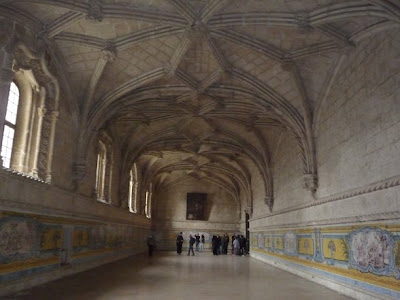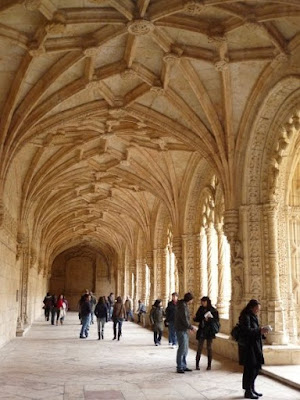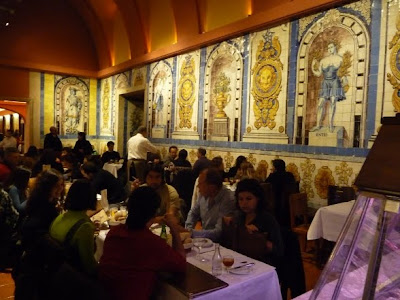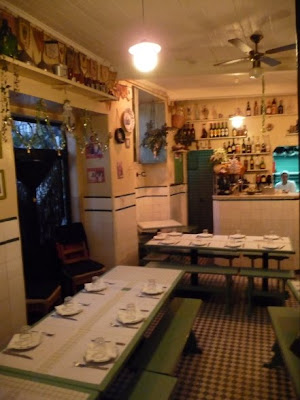 |
Sculpture (seriously) at the Camping Lisboa campground, in Monsanto Parque, Lisbon; a cool place, the nicest municipal campground we have seen so far |
 |
Our campsite at Camping Lisboa |
 |
A non-touristy hill-top castle and town |
 |
Solar panels, miles-long, in Spain |
 |
And a truly engaging way of disguising a cell tower |
Alert readers will recall that a) our Roadtrek RS Adventurous camper van is not winter-worthy; and b) we have had to pay a lot of attention to, and even alter our itinerary in view of, the weather. Add in the fact that Europe is suffering, in December and January, some historic cold weather. We spent another day or so in Lisbon, mostly doing chores and such, and getting the oil changed ($700, again), and then the weather in Spain broke or appeared to break for a few days of temperatures (night-time) well above freezing. So we made a dash for Spain, first Toledo, then Madrid, then El Escorial, then Segovia, then Avila....
















































